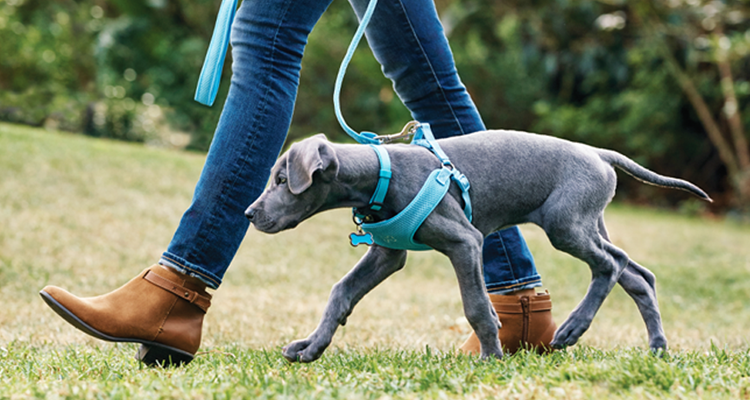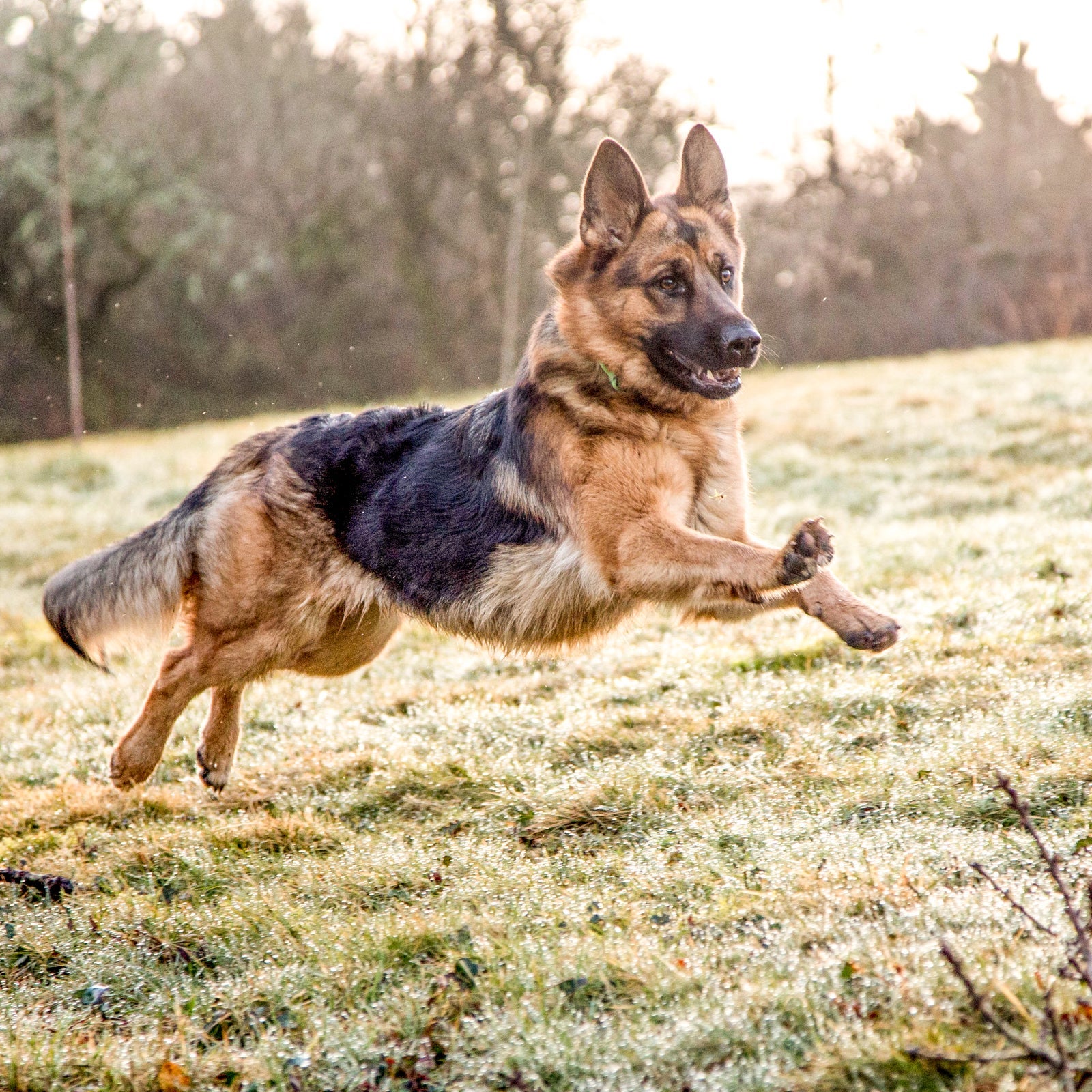Start Your Dog's Journey with Puppy Training That Builds Trust and Respect
Start Your Dog's Journey with Puppy Training That Builds Trust and Respect
Blog Article
Transform Your Pet dog's Behavior With Proven Training Techniques
Changing your canine's actions calls for a nuanced understanding of their private characteristics and needs, as well as the application of tested training techniques. Uniformity in your training approach not only boosts obedience however additionally fosters a much deeper bond of trust and regard between you and your pet dog.

Comprehending Pet Dog Habits
Recognizing canine actions is essential for efficient training and interaction in between human beings and their canine friends. Canines, as social pets, show a series of behaviors affected by genes, environment, and experiences. Identifying these behaviors aids owners tailor their training approaches to satisfy the specific demands of their canines.
Trick aspects of pet dog habits include body language, vocalizations, and social communications. In addition, socialization plays a crucial function in forming habits; pet dogs that engage favorably with various other animals and numerous people are usually a lot more well-adjusted and versatile.
Furthermore, recognizing stress signals-- such as avoidance, panting, or pacing actions-- can stop rise right into more severe issues. Proprietors who are attuned to their dog's habits can develop a nurturing and secure setting, fostering trust and enhancing the training procedure. Inevitably, a deep understanding of canine behavior lays the foundation for a harmonious connection and efficient training end results, making certain both pet dogs and their proprietors grow with each other.
Positive Support Methods
Favorable reinforcement strategies are extensively recognized as one of the most efficient techniques for training pets, cultivating a positive understanding environment. This approach includes fulfilling wanted habits with treats, praise, or play, thus encouraging the pet dog to repeat those actions (Dog training). Unlike corrective approaches, favorable reinforcement builds trust and enhances the bond in between the canine and the fitness instructor
Rewards should be offered instantly adhering to the preferred habits to help the dog make the connection. Consistency is additionally crucial; using the same commands and rewards helps the pet understand what is expected.
It is essential to keep in mind that positive reinforcement is not regarding bribery; rather, it has to do with reinforcing etiquette. With time, as the canine finds out to connect specific actions with favorable end results, the frequency of incentives can be gradually reduced, transitioning to spoken praise or recurring benefits. This method not just motivates obedience however likewise promotes a positive and satisfied pet dog, making training a much more pleasurable experience for both events included.
Resolving Common Issues
Resolving usual problems throughout canine training is crucial for ensuring a harmonious and effective relationship between the pet and its proprietor. Several dog proprietors experience behavior difficulties, such as excessive barking, jumping, and leash pulling. Understanding the origin of these behaviors is vital for effective training.
Extreme barking may originate from boredom, anxiousness, or a lack of socializing. To reduce this, offer adequate physical workout, psychological excitement, and chances for social interaction with both humans and various other pet dogs. Jumping can frequently be an indication Visit Your URL of excitement or a desire for attention. Educating the pet dog to rest upon greeting can reroute this actions positively.
Chain drawing is one more widespread problem, frequently arising from a pet dog's eagerness to check out. Making use of correct chain taking care of strategies, combined with training protocols that motivate loose-leash strolling, can significantly enhance this behavior.
In enhancement, concerns go to this site like source securing or separation anxiety require tailored techniques. Gradual desensitization and counter-conditioning can be efficient in addressing these challenges. By recognizing and proactively handling these usual concerns, pet dog proprietors can cultivate a much more delightful training experience and reinforce the bond with their canine buddies.
Uniformity in Training
Consistency is a cornerstone of efficient canine training, as it establishes a clear structure for the canine to understand assumptions and habits. When cues, rewards, and commands are used evenly, canines can much more conveniently understand what is required of them. Irregular training can bring about complication, leading to unfavorable behaviors that discourage both the canine and the fitness instructor.
To accomplish consistency, it is vital that all members of the family follow the exact same training techniques. Using the same spoken hints and hand signals guarantees that the canine receives consistent messages. In addition, the timing of corrections and benefits should correspond; instant reinforcement raises the likelihood that the canine will connect the behavior with the result.
Additionally, establishing a regimen can additionally improve consistency. Regular practice, coupled with structured routines for feeding, strolling, additional resources and play, aid pets prepare for and comprehend their setting, making them more responsive to training. Ultimately, consistency fosters a complacency and trust fund, equipping pets to get more information successfully. By committing to an organized approach, trainers can promote favorable behavior modifications and grow a courteous buddy.
Structure a Solid Bond
How can promoting a solid bond between a pet dog and its owner boost the training experience? When a dog feels secure in its connection with its proprietor, it is extra most likely to show positive actions and be receptive to finding out.

Furthermore, a well-established link can decrease stress and anxiety and behavior concerns, as canines are much less most likely to act out when they feel comprehended and looked after. As a result, focusing on the growth of a solid bond not only boosts the training experience however additionally adds to a better and much more well-adjusted canine. Inevitably, the journey of training transforms right into a joint collaboration, causing lasting behavior improvements.
Final Thought

Owners who are attuned to their pet dog's behavior can create a risk-free and caring setting, cultivating trust and enhancing the training process. Eventually, a deep understanding of canine actions lays the structure for an unified partnership and efficient training outcomes, making certain both dogs and their proprietors thrive with each other.
Resolving usual problems throughout dog training is essential for ensuring a unified and successful relationship between the canine and its owner (Dog training).Consistency is a foundation of reliable pet dog training, as it develops a clear structure for the pet dog to comprehend habits and assumptions.In final thought, transforming a canine's habits through proven training methods requires an understanding of canine habits, the application of favorable reinforcement techniques, and a focus on uniformity
Report this page